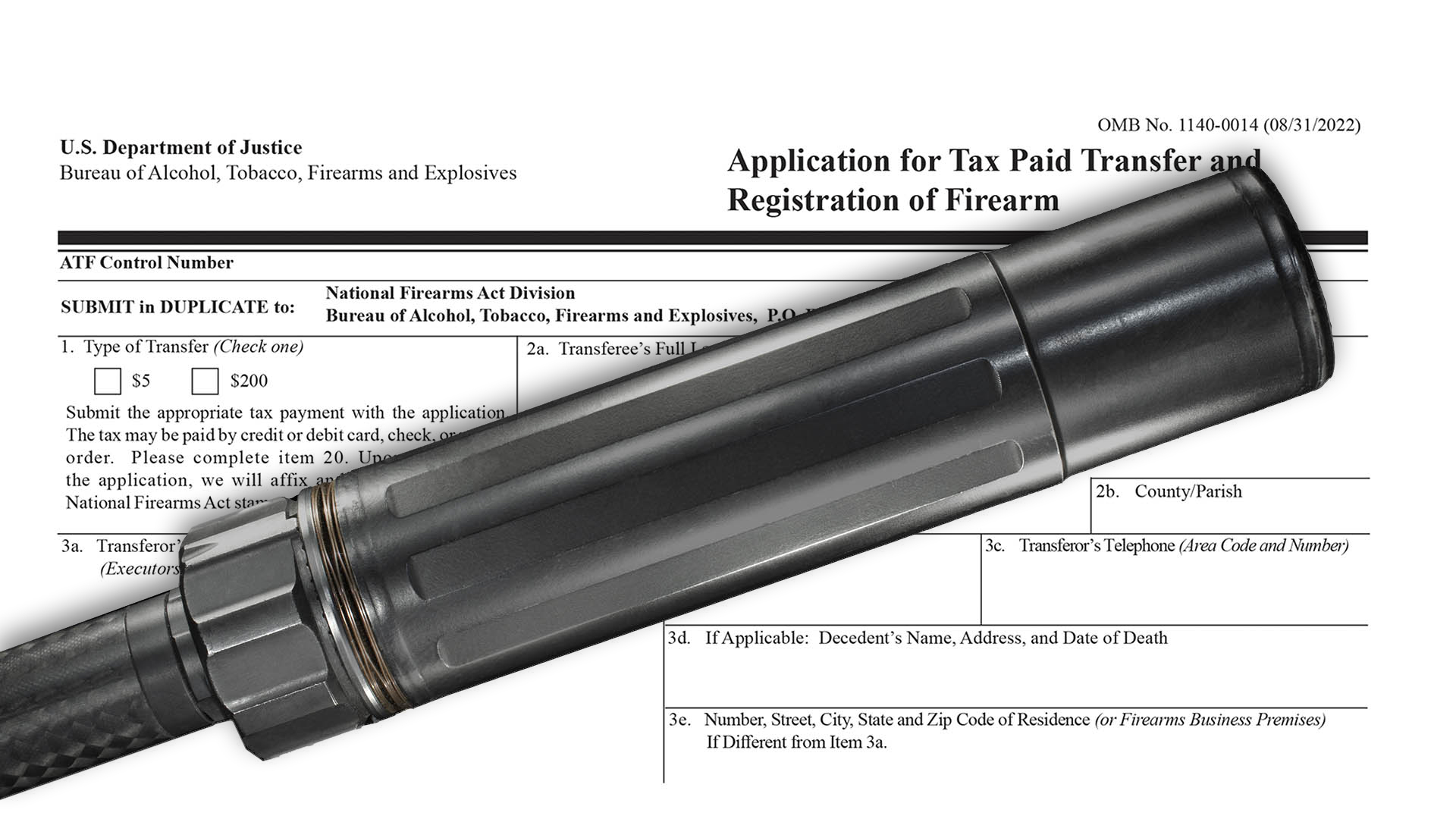
The number of applications for a National Firearms Act (NFA) tax stamp—federally required for lawful ownership of suppressors, short-barreled rifles and similarly configured shotguns, among others—has more than doubled in the past four years. Figures released by the Bureau of Alcohol, Tobacco, Firearms and Explosives (BATFE) during a seminar at the Shooting, Hunting and Outdoor Trade (SHOT) Show showed it processed 342,860 in 2019. In 2022, the volume more than doubled to 709,508.
Suppressors and the hearing benefits they provide, coupled with the streamlined electronic application process for their ownership that launched in late 2021, fueled that increase. BATFE’s “Firearms Commerce in the United States” report issued in the spring of 2021 indicated there were 2,664,775 suppressors legally owned in the nation. When the American Suppressor Association (ASA) dissected the federal figures, it found that in the past decade, the number of retail outlets offering the muzzle devices grew by 17 percent each year. At the same time, there was a 10-percent increase, annually, in the companies making them.
The most shocking statistic is the fact that NFA stamps issued to law-abiding citizens for suppressor ownership rose by 30 percent between April 2020 and May 2021. The trend hasn’t escaped some of the industry’s eldest statesmen, either. Federal Premium, for example, announced it is the official ammunition of Silencer Central just after the SHOT Show. “There are many reasons why suppressors are getting more popular every day,” Federal’s President Jason Vanderbrink said. “It's about more than just turning down the volume. Many other advantages come from shooting or hunting with a suppressor, and our collaboration with Silencer Central will continue to help deliver those important messages.” Meanwhile Lipsey’s, a wholesale fishing and shooting sports gear distributor, has entered into an exclusive fulfillment partnership with Silencer Shop.
The fact that companies that are 101 and 70 years old, respectively, are now actively cross-promoting suppressors speaks volumes. The nearly exclusive use of threading on new rifle barrels likely adds to the trend. The growing popularity and acceptance have also forced established firms to increase their factory, warehouse and production footprint. In 2021, for example, Silencer Central moved into a larger headquarters. Dead Air Silencers is also expanding its manufacturing capacity and will hold a grand opening of a new, bigger facility this spring.
Suppressors are currently legal in 42 states, and 40 of them allow their use when hunting. Their appearance at ranges and firing lines is no longer an anomaly. The inaccurate fallacy propagated on the silver screen that they completely silence a firearm’s report—thereby rendering them somehow diabolical—is eloquently dispelled with their every appearance and use.





































